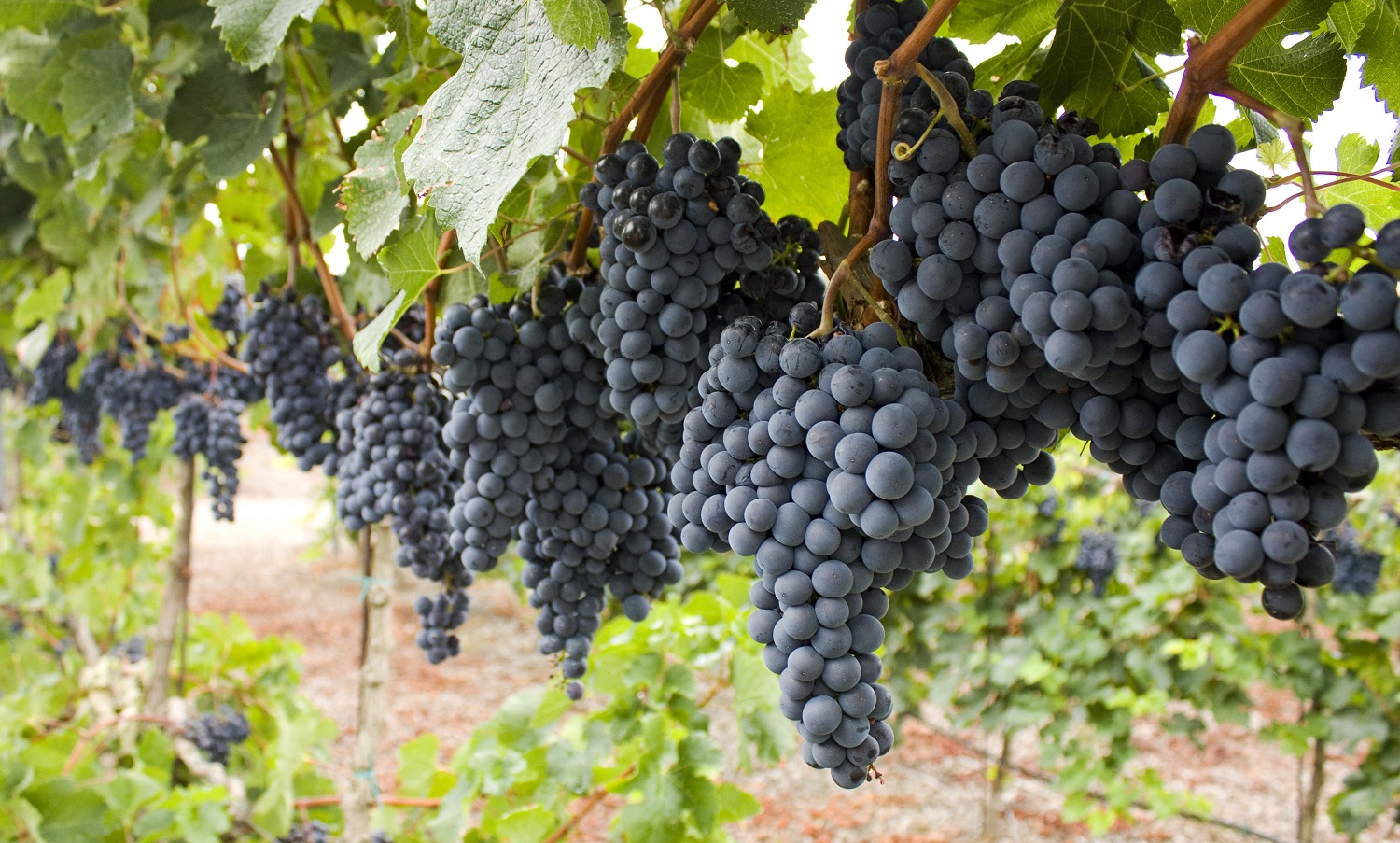
Grape Cultivation (Vitis vinifera L.)
Grapes are one of the most important fruit crops grown for table use, winemaking, and raisin production. They are widely cultivated in temperate and subtropical regions.
General Information
- Botanical Name: Vitis vinifera
- Family: Vitaceae
- Chromosome Number: 2n = 38
- Origin: Middle East and Mediterranean region
- Types:
- Table Grapes: For fresh consumption (e.g., Thompson Seedless, Flame Seedless)
- Wine Grapes: Used in winemaking (e.g., Cabernet Sauvignon, Chardonnay)
- Raisin Grapes: Dried into raisins (e.g., Kishmish, Sultana)
- Juice & Jam Grapes: For processing (e.g., Concord, Black Corinth)
Climate & Soil Requirements
- Climate:
- Grapes prefer warm, dry summers and cool winters (Mediterranean climate).
- Ideal Temperature: 15–35°C (Flowering is best at 25°C).
- Frost can damage vines; therefore, frost-free regions are ideal.
- Rainfall: 500-700 mm per year (Excessive rain causes fungal diseases).
- Soil:
- Well-drained, deep loamy soil rich in organic matter.
- Ideal pH: 6.5 to 7.5 (slightly acidic to neutral).
- Grapes do not tolerate waterlogging.
Important Grape Varieties
Table Grapes (Fresh Consumption)
- Thompson Seedless – Popular, green, seedless variety.
- Flame Seedless – Red, seedless, sweet taste.
- Perlette – Early-maturing, green, seedless variety.
- Black Muscat – Dark-colored, aromatic, seeded variety.
Wine Grapes
- Cabernet Sauvignon – Rich, red wine grape.
- Merlot – Smooth red wine grape.
- Chardonnay – White wine grape.
- Riesling – Sweet white wine grape.
Raisin Grapes
- Sultana (Kishmish) – Seedless, golden raisins.
- Black Corinth – Small, black seedless raisins.
Juice & Jam Grapes
- Concord – Used in juices and jams.
- Niagara – White grape for juice production.
Propagation Method
- Cuttings: Hardwood cuttings (30-40 cm long) taken from one-year-old vines.
- Grafting: Used to combine disease-resistant rootstocks with high-yielding scions.
- Layering: Used in traditional grapevine propagation.
Planting System & Spacing
- Planting Time:
- North India: February-March.
- South India: November-December.
- Spacing:
- For Table Grapes: 3 × 3 m (1100 plants/ha).
- For Wine Grapes: 2 × 2 m (2500 plants/ha).
- Pit Size: 60 × 60 × 60 cm, filled with organic manure and topsoil.
Training & Pruning Systems
Training Systems (Supports for Vines)
- Head System: For small gardens.
- Kniffin System: Used for vigorous-growing varieties.
- Pergola System: Common in India; vines are trained on overhead structures.
- Trellis System: Used in commercial vineyards.
Pruning Methods
- Winter Pruning: Removes excess growth to encourage fruit production.
- Summer Pruning: Controls canopy size and improves air circulation.
Nutrient Management
- Organic Manure: 10-15 tons of Farm Yard Manure (FYM) per hectare.
- Fertilizers:
- Nitrogen (N): 100-150 kg/ha.
- Phosphorus (P2O5): 50-100 kg/ha.
- Potassium (K2O): 150-200 kg/ha.
- Micronutrients (Zinc, Boron, Iron) for better fruit quality.
Irrigation Management
- Grapes require consistent soil moisture but cannot tolerate waterlogging.
- Irrigation Methods:
- Drip irrigation is recommended for better water use efficiency.
- Flood irrigation is used in traditional farms.
- Critical Irrigation Stages:
- Bud Swelling Stage
- Berry Development Stage
- Before Harvesting
Intercultural Operations
- Weeding & Mulching Apply organic mulch (straw, dry leaves) to suppress weeds and retain soil moisture.
- Shoot Thinning Remove extra shoots to reduce crowding and allow better light penetration.
- Bunch Thinning Remove excess bunches to improve fruit size and quality.
Pest & Disease Management
Major Pests
- Grape Vine Flea Beetle (Scelodonta strigicollis) → Feeds on young buds.
- Mealybug (Planococcus spp.) → Causes sooty mold and fruit damage.
- Thrips (Rhipiphorothrips cruentatus) → Causes leaf curling.
- Mites → Lead to leaf discoloration and curling.
Major Diseases
- Downy Mildew (Plasmopara viticola) – Causes yellowish oily spots on leaves. Control: Use Copper Oxychloride spray.
- Powdery Mildew (Uncinula necator) – White powdery growth on leaves and fruits. Control: Use Sulfur-based fungicides.
- Anthracnose (Elsinoë ampelina) – Brown, sunken spots on leaves and berries. Control: Bordeaux mixture (1%).
- Botrytis Bunch Rot (Botrytis cinerea) – Gray mold on grapes. Control: Use fungicides like Captan or Carbendazim.
Harvesting & Yield
- Time to Harvest: 150-180 days after pruning.
- Signs of Maturity:
- Fruit turns soft and sweet.
- Sugar content (TSS): 16-24° Brix (depends on variety).
- Yield:
- Table Grapes: 25-30 tons/ha.
- Wine Grapes: 8-12 tons/ha.
- Raisin Grapes: 2-3 tons of dried raisins per hectare.
Post-Harvest Handling
- Grading: Based on size, color, and quality.
- Storage:
- Fresh grapes stored at 0-2°C for 2-4 weeks.
- Raisins are dried under the sun or in drying chambers.
- Packaging: Packed in ventilated cartons with cushioning.
- Transport: Refrigerated transport for fresh grapes.
Value Addition & Uses
- Fresh Consumption: As a table fruit.
- Wine Making: Processed into different types of wine.
- Raisin Production: Sun-dried or mechanically dried.
- Juices & Jams: Processed into beverages and spreads.
- Grape Seed Oil: Extracted for medicinal and cosmetic uses.

